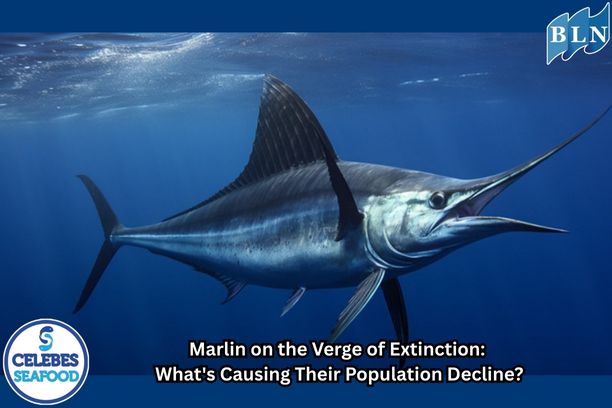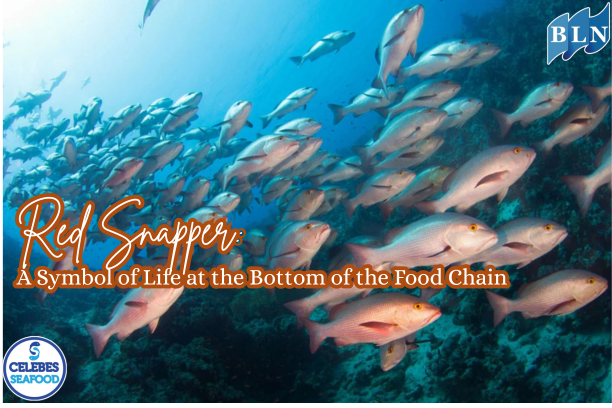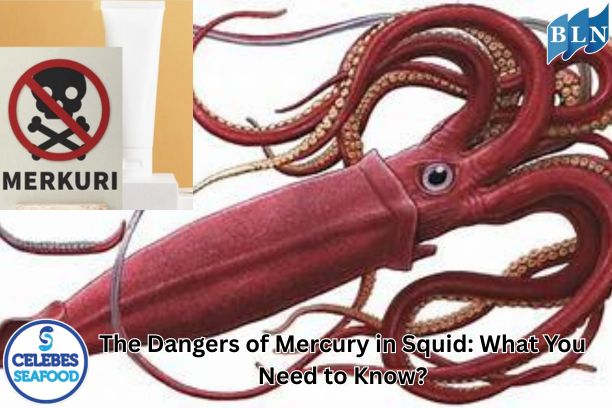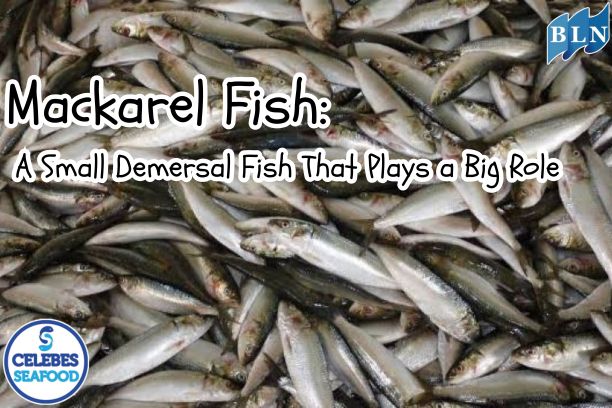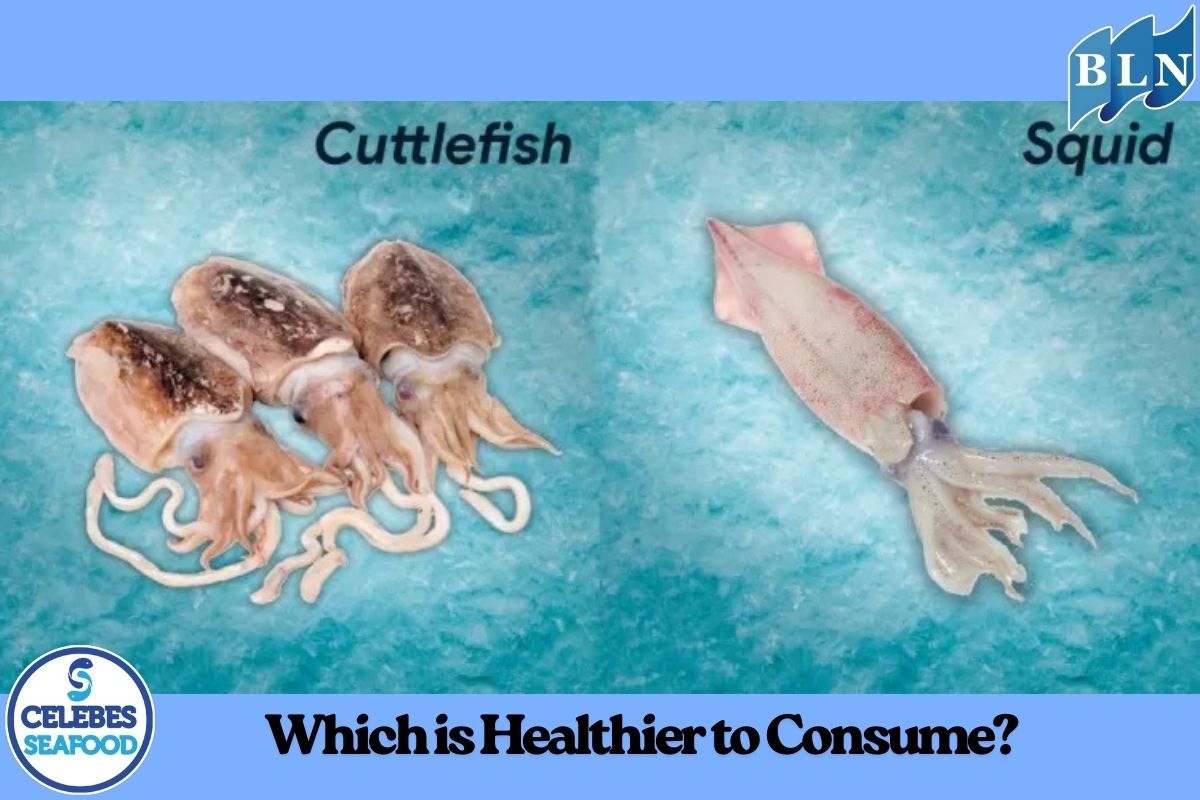Innovation of Vacuum Packaging on Shelf Life and Quality of Fish Fillets under Cold Storage
By. Azizah - 24 Jun 2025.jpg)
lautnusantara.comPackaging is a critical aspect of the post-harvest handling system in fisheries products. Vacuum packaging is a method that can extend the shelf life of products by reducing oxygen levels inside the packaging. This study aimed to analyze the effect of vacuum packaging on the quality and shelf life of fish fillets during cold storage (±4°C). Observed parameters included organoleptic, microbiological, and chemical changes over 12 days of storage. The results showed that vacuum packaging significantly suppressed microbial growth and maintained the sensory quality of fish fillets longer than conventional packaging. This innovation offers a practical and economical solution to extend the freshness of fish products.
1. Introduction
Fish products, especially fresh fish, are highly perishable due to microbial and enzymatic activity. Without proper handling and packaging, fish spoilage can occur within a few days. Therefore, innovative packaging techniques are essential to prolong shelf life and preserve product quality.
Vacuum packaging is one of the effective solutions. This technology works by removing air (mainly oxygen) from the package, thus suppressing the growth of aerobic microorganisms. Additionally, vacuum packaging can inhibit oxidative reactions that degrade the sensory and nutritional quality of fish.
2. Research Methodology
2.1 Materials and Equipment
The main material used was fish fillet (e.g., catfish or tilapia), food-grade plastic packaging, a vacuum sealer, and a refrigerator. Observed parameters included:
-
Total Plate Count (TPC)
-
Organoleptic test (color, aroma, texture)
-
pH and Total Volatile Base Nitrogen (TVB-N)
2.2 Experimental Design
The study was conducted over 12 days of storage at 4°C with two main treatments:
a) Vacuum packaging
b) Conventional packaging (non-vacuum)
Each treatment was observed every 3 days (day 0, 3, 6, 9, and 12).
3. Results and Discussion
3.1 Total Plate Count (TPC)
Microbial growth in vacuum-packaged fillets increased more slowly than in conventionally packaged ones. On day 9, the TPC of vacuum-packed samples remained below the safety limit (10⁶ CFU/g), while conventional packaging exceeded this limit.
3.2 Organoleptic Quality
Vacuum-packaged fillets showed more stable color and aroma. Off-odor and slime appeared earlier in conventionally packaged fillets (day 6), while in vacuum packaging, these changes occurred around day 9.
3.3 TVB-N and pH
TVB-N, an indicator of freshness, increased more rapidly in conventionally packaged fillets. TVB-N values in vacuum-packaged samples remained within the fresh threshold (<30 mg N/100g) until day 9, whereas conventional packaging exceeded this on day 6.
If you are interested in our Coral Trout Fillet Skin On, CORAL TROUT WGG WHOLE GILLED GUTTED, TOMATO COD WHOLE GILLED GUTTED please do not hesitate to contact us through email and/or whatsapp.


